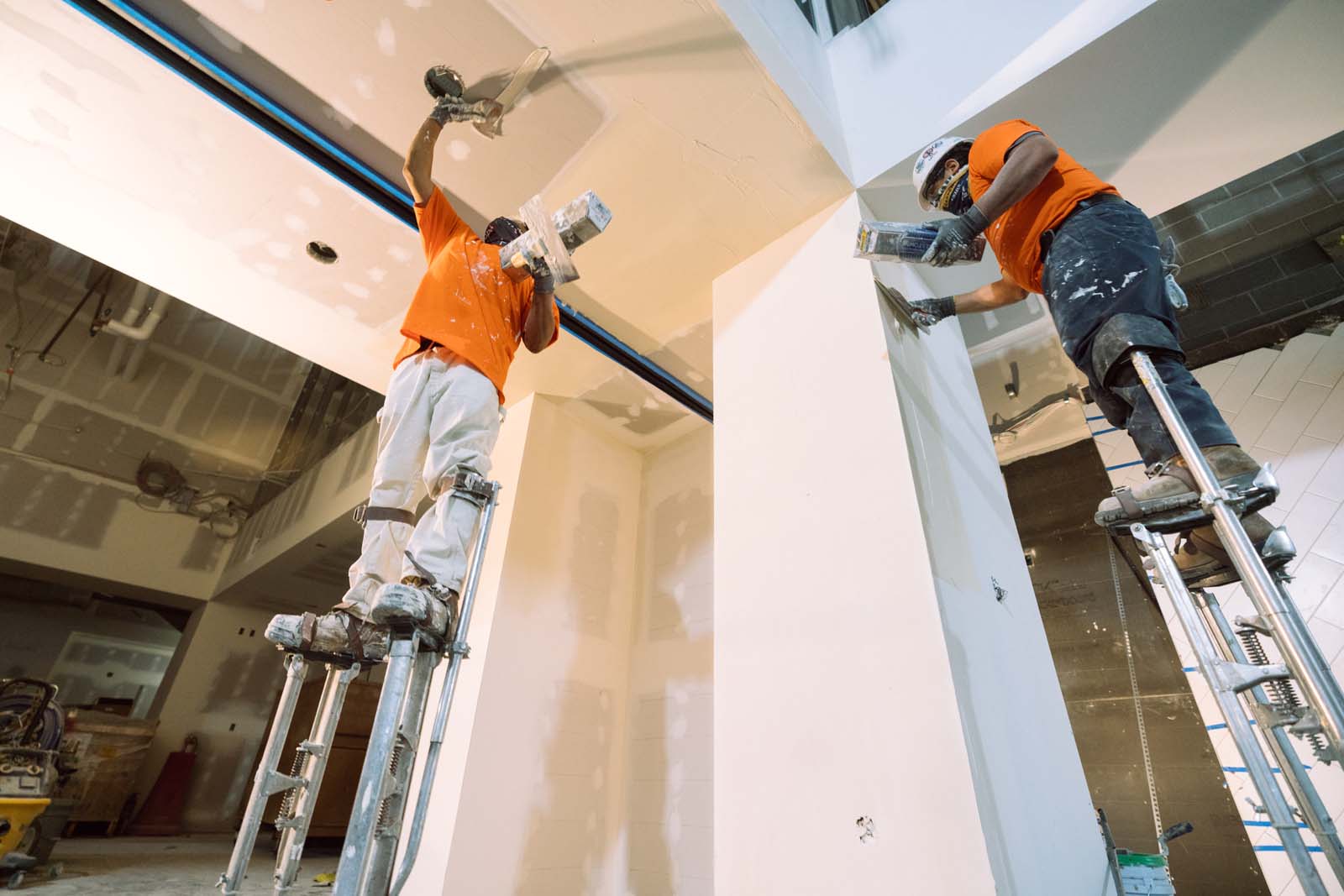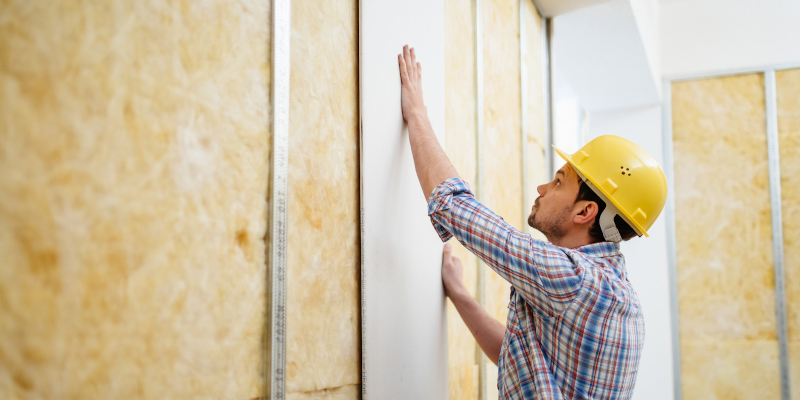Top Quality Drywall Installation That Transforms Your Interiors
Complete Overview to Trusted and effective Drywall Installment
Drywall installment is a vital part of any building and construction or remodelling project, requiring a precise strategy to guarantee both performance and reliability. It is crucial to explore the subtleties of each action in the process, as they jointly add to the overall success of the drywall setup.
Crucial Tools for Drywalling
When starting a drywall installment project, having the right tools is critical for achieving an expert coating. Essential tools include a drywall blade, measuring tape, and a T-square, which are fundamental for precise dimensions and smooth cuts. A drywall lift is additionally highly useful, particularly for ceiling installments, enabling much easier handling of hefty panels.
For attaching the drywall, a cordless drill and drywall screws are necessary. The drill ought to be outfitted with a drywall bit to make sure performance and accuracy. In addition, an essential device is the drywall saw, which helps with cutting about other challenges and electric outlets.

Furthermore, protective gear such as shatterproof glass and a dirt mask are important to make certain individual security during the installation procedure. Making use of the right tools not only boosts the top quality of the setup but also simplifies the operations, making the job much more efficient total.
Preparing the Area

Next, analyze the condition of the walls and ceilings. Repair any kind of existing damage, such as openings, cracks, or peeling off paint, to guarantee a smooth and also surface for drywall application. Furthermore, look for electrical outlets, pipes lines, and heating and cooling air ducts, marking their places to stay clear of problems throughout installation.
It is likewise critical to determine the room accurately, figuring out the measurements of the walls and ceilings to compute the appropriate amount of drywall required. Develop a detailed plan that consists of the format and positioning of the drywall panels.
Installment Techniques
Efficient setup methods are important for attaining a specialist coating in drywall tasks. Correct dimension and cutting of drywall sheets are basic actions.
When hanging drywall, begin from the leading and job downward, making certain that the lengthy side of the board is vertical to the framing. Protect the sheets with screws as opposed to nails, which offer higher holding power and decrease the risk of standing out. Place screws every 12 inches along the edges and every 16 inches in the area of the board.
For corners, utilize corner beads to achieve sharp, tidy sides. When setting up on ceilings, make use of a drywall lift or have a companion help in holding the sheets in location (drywall contractor). Maintain a void of concerning 1/4 inch above the floor and ceiling to accommodate development and tightening
Completing Touches

Once the tape is in area, it's time to apply the very first coat of joint substance, also understood as mud. Use a 10 to 12-inch taping blade to spread out the compound equally over his comment is here the taped seams, feathering the sides to mix with the surrounding drywall.
Enable the substance to dry extensively, usually 24-hour. After drying, sand the surface area lightly with fine-grit sandpaper to get rid of any kind of imperfections. sheetrock repair fort worth. Repeat the mudding and sanding procedure, usually 2 to 3 coats, making sure each layer is flush and smooth with the drywall surface
Typical Blunders to Avoid
Many DIY enthusiasts run into risks throughout drywall setup that can endanger the last results. One common mistake is failing to appropriately measure and cut drywall sheets.
One more constant mistake is inappropriate attachment. Utilizing too couple of screws or nails can bring about loosened drywall, while overdriving bolts can cause the paper to tear, Visit Your URL compromising the structure. It's vital to maintain consistent spacing, typically every 16 inches, and to ensure that bolts are flush with the surface area.
Additionally, not dealing with moisture issues prior to setup can result in mold development and structural damage. Constantly examine the atmosphere and use moisture-resistant drywall in high-humidity locations.
Conclusion
Reputable and efficient drywall setup requires careful attention to information throughout the procedure. By using essential tools, preparing the area properly, and sticking to finest techniques in installation techniques, a perfect surface can be attained. Furthermore, careful application of joint compound and tape throughout the finishing phase improves longevity and look. Preventing common errors better contributes to an expert outcome, underscoring the importance of accuracy and strategy in successful drywall jobs.
It imp source is crucial to explore the nuances of each step in the process, as they collectively contribute to the overall success of the drywall installation.When embarking on a drywall installation project, having the right tools is essential for accomplishing an expert surface.For securing the drywall, a cordless drill and drywall screws are required.Correctly preparing the area is vital for a successful drywall setup.Effective installation techniques are critical for achieving a professional coating in drywall tasks.